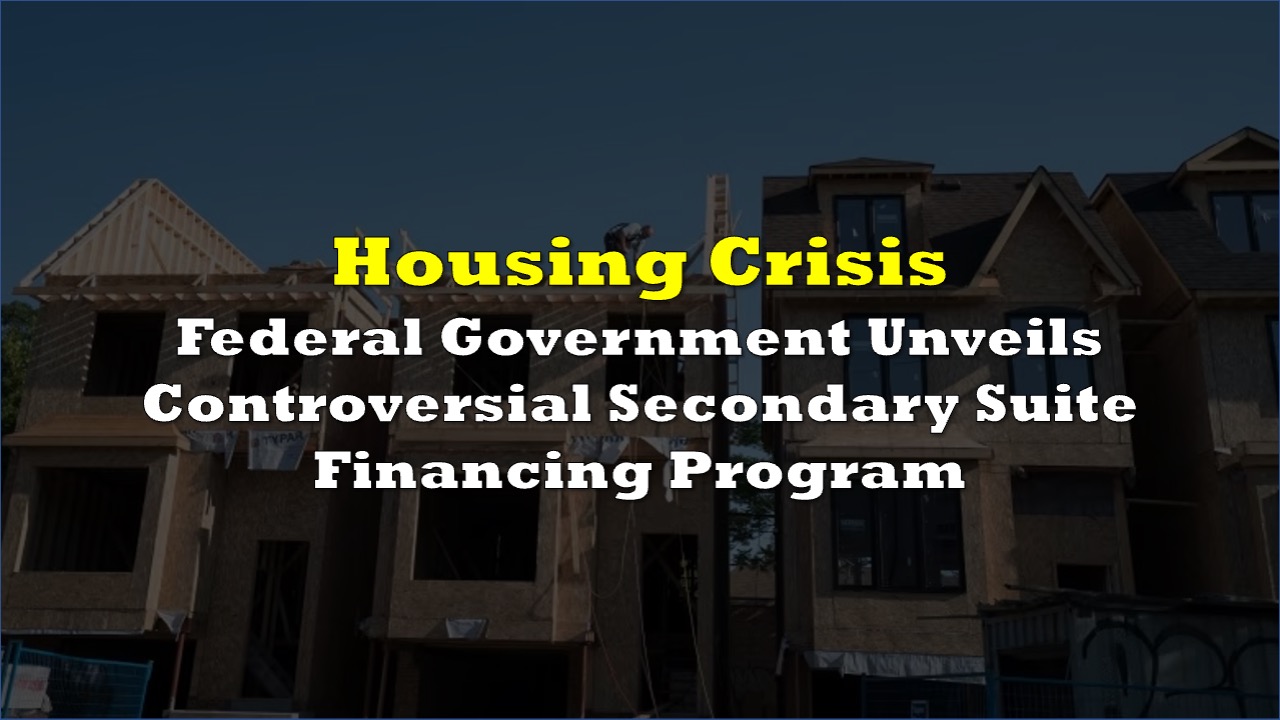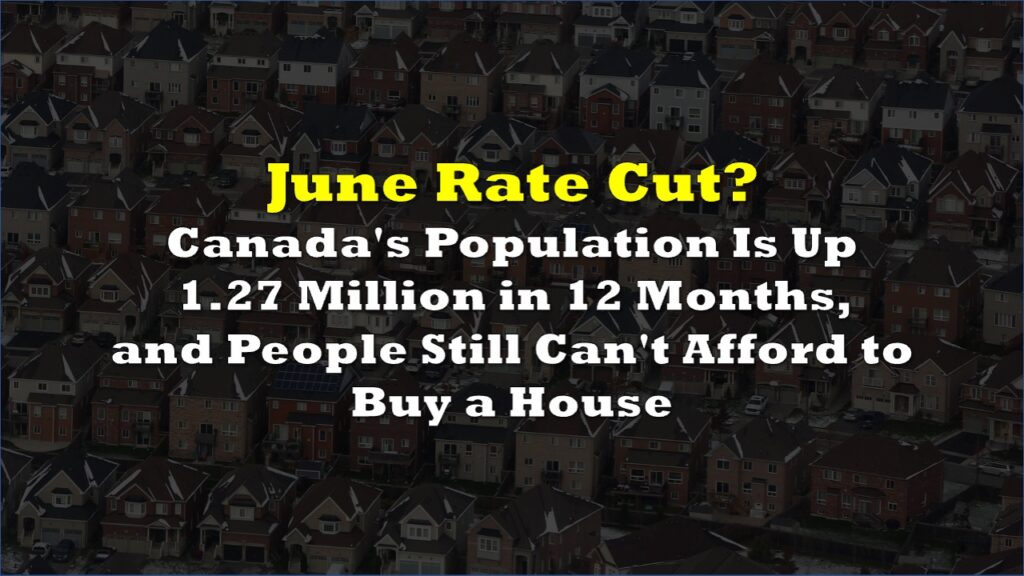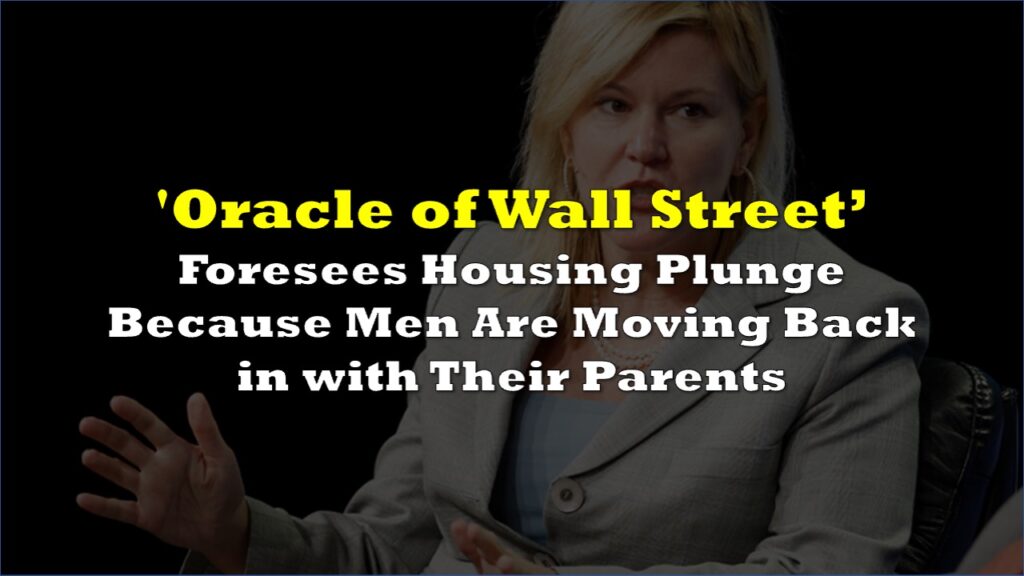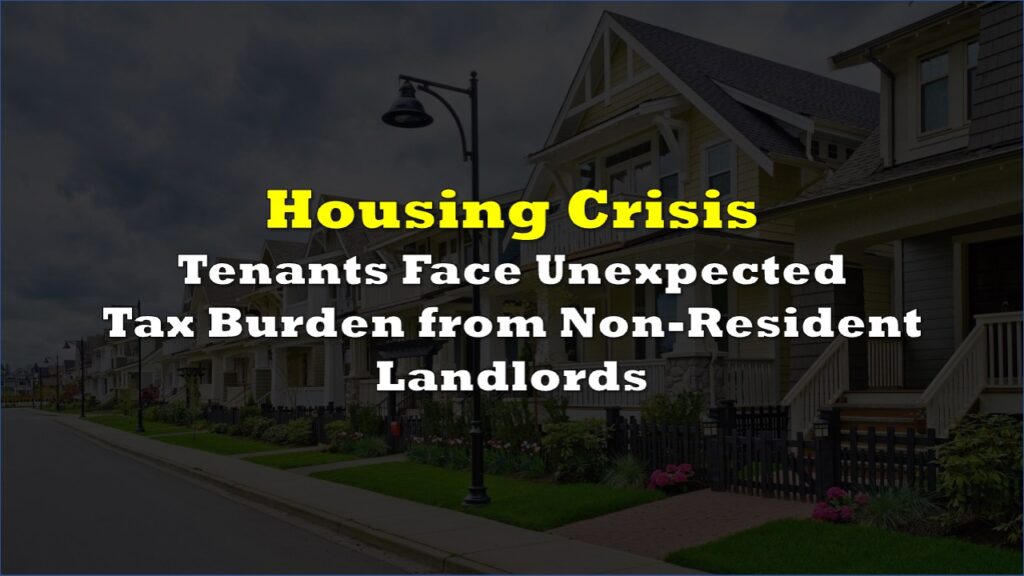Canada’s Department of Finance has unveiled a change to mortgage insurance rules, set to take effect on January 15, 2025. This new policy encourages homeowners to add secondary suites to their properties, potentially transforming the Canadian real estate market.
The initiative allows homeowners to access insured mortgage refinancing for the purpose of constructing additional units on their properties. Under the new rules, eligible homeowners can refinance up to 90% of their property’s value, including the added value of secondary suites, with a maximum amortization period of 30 years. The program caps the “as improved” property value at $2 million and limits the number of dwelling units to four, including the existing unit.
While the government frames this policy as a means to increase housing density and provide additional income for homeowners, particularly seniors aging in place, the announcement has sparked criticism on social media. Real estate professionals and analysts have offered mixed reactions to the news.
Daniel Foch, one-half of the Canadian Real Estate Investor podcast, hailed the changes as “HUGE,” suggesting they could “completely change the Canadian real estate landscape.”
The average homeowner isn’t who it’s aimed at. They already own a house. This is for the people who can’t afford to buy without another income on the property, and they will absolutely use it to get into the market and maximize buying power with for more house.
— Daniel Foch (@daniel_foch) October 8, 2024
The marginal…
However, others have expressed concerns about the potential risks and unintended consequences of the policy. Realosophy Realty president John Pasalis argues that the policy’s framing as a homeowner-focused initiative may be misleading, suggesting it could primarily benefit investors rather than average homeowners.
Pasalis points out that typical homeowners are unlikely to demolish their homes to build multi-unit dwellings, and questions the feasibility of making such projects financially viable with only a 10% down payment.
The details of our government's new mortgage program are more insane than I initially thought
— John Pasalis (@JohnPasalis) October 8, 2024
Our government is effectively giving out government-insured construction financing so amateur builders and investors can build 4-plexes 1/https://t.co/LPorJypIfr
Furthermore, Pasalis raises concerns about the potential for abuse, noting that while the policy requires occupancy by the borrower or a close relative, there may be little preventing investors from renting out all units once the mortgage is secured. He warns that the program could lead to amateur investors attempting complex construction projects, potentially resulting in failures that could burden taxpayers.
Some also question the wisdom of offering government-insured financing for such high-risk ventures, particularly given the challenges of making multi-unit developments profitable with minimal equity investment. This could expose taxpayers to significant financial risk if projects fail or borrowers default.
Neat feature of the new Securities Lending Program by the Bank of Canada.
— red pill rick (@igetredpilled) October 8, 2024
Liquidity is now backed by Canadian Mortgage Bonds which is backed by the Bank of Canada which is backed by taxpayers.
Soon every mortgage will be backed by taxpayers. pic.twitter.com/PeAaLnK3N0
Information for this story was found via the sources and companies mentioned. The author has no securities or affiliations related to the organizations discussed. Not a recommendation to buy or sell. Always do additional research and consult a professional before purchasing a security. The author holds no licenses.


















